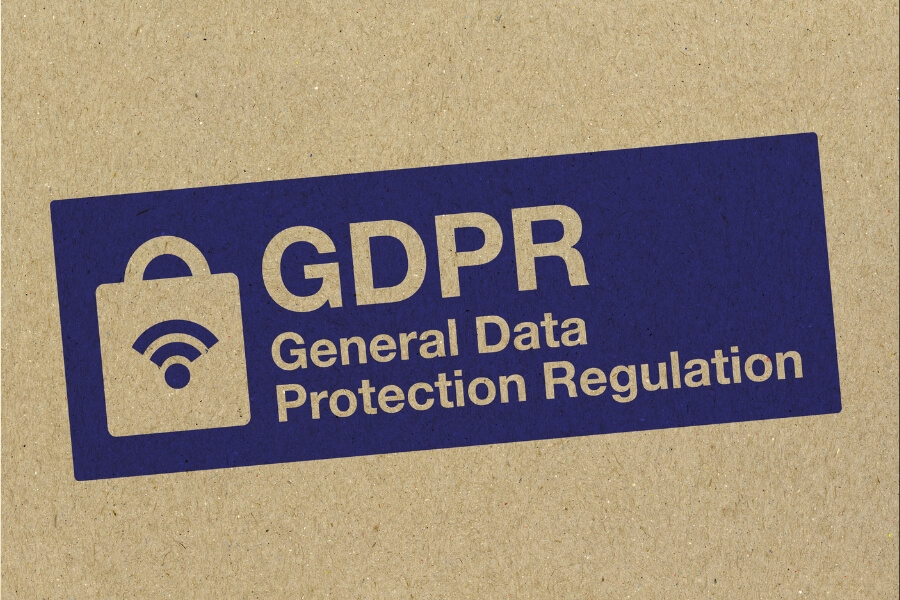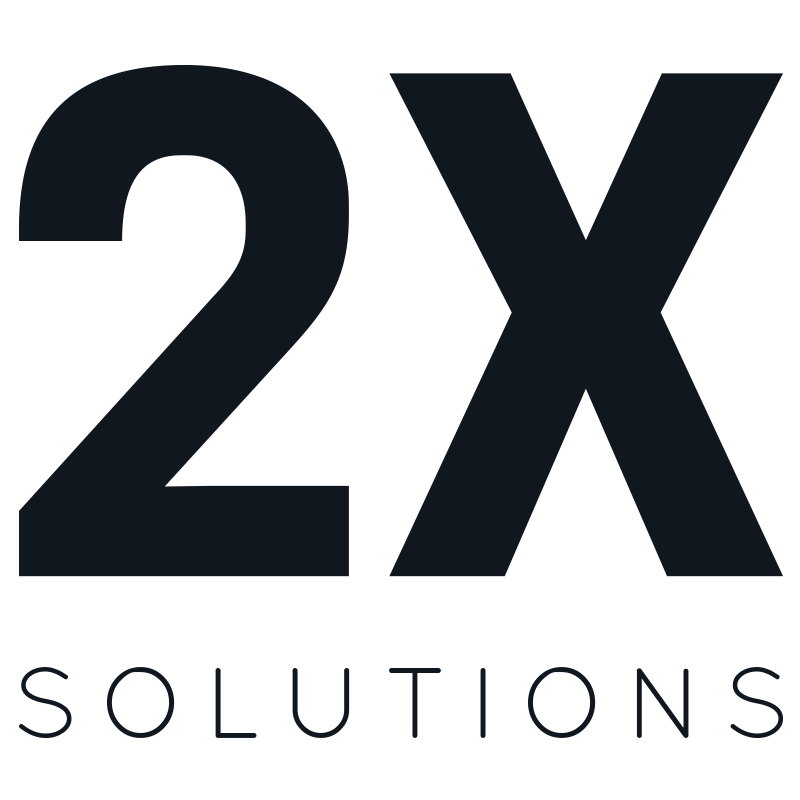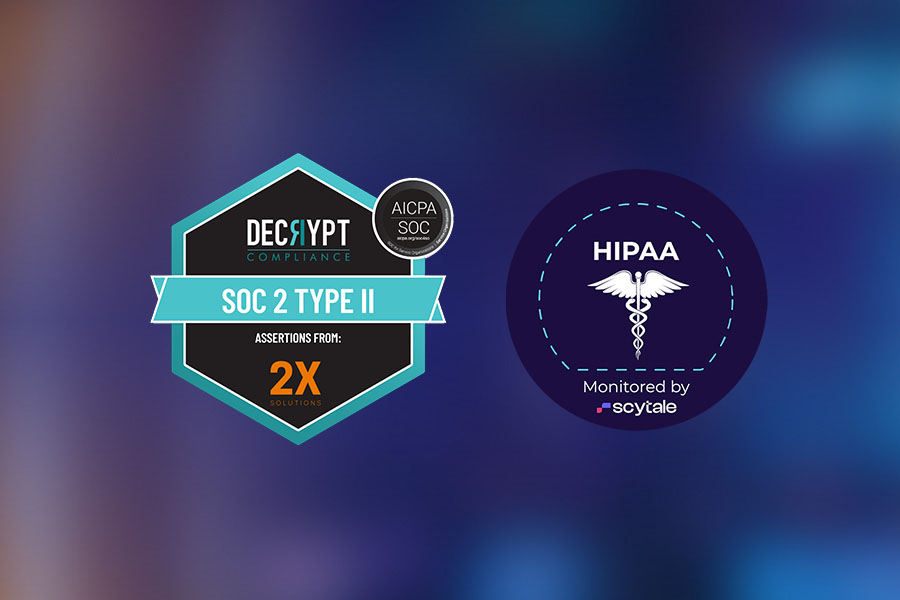The applications for Voice AI are endless. Savvy companies are leveraging this relatively new technology across the value chain, including customer service, lead follow-up, and even closing the deal.
While the future is bright for businesses that fully embrace AI solutions, the elephant in the room is compliance issues. Specifically, recording calls can result in breaches of data privacy and violate various storage and retention policies. Further, consent requirements need to be considered, and processes in place for handling sensitive information.
If you’re thinking to yourself, “There ought to be an AI solution for this, too!” you’d be right.
This article explores how AI solutions, such as Voice AI for call recording and monitoring, are revolutionizing the way businesses analyze customer interactions, while simultaneously implementing this same tech to ensure that each interaction complies with the latest legal and regulatory standards.
Why Should Businesses Implement Call Recording and Monitoring?
We’ve all experienced situations where we call a business, like a credit card company, our doctor’s office, or a company’s tech support line, and we’re greeted with an automated message that says, “This call may be monitored or recorded…”
Have you ever wondered who’s monitoring the recordings? Before AI came into the picture, monitoring calls to customer service and call center departments and sales teams was a largely manual job. And if you wanted to review the performance trends of an individual or across a team, it required a labor-intensive process of collecting and tabulating data.
Call recording, however, is essential for any business that interacts with customers on the phone, primarily for these three reasons:
- Quality assurance: Being able to monitor and assess the quality of customer interactions in real-time can accelerate training initiatives, identify areas for improvement, and provide nearly instant feedback to employees, reducing the risk of a call resulting in reputation damage for a company.
- Training: Recording calls can be a valuable tool for training employees. When AI is added to the mix, supervisors can easily handpick relevant calls, create playlists, and provide transcripts that teams can reference.
- Dispute resolution: If there’s ever a dispute (including lawsuits), having a reliable record of AI-generated recordings and transcripts can serve as valuable evidence.
With AI, call recording becomes much less cumbersome. Instead of sitting through hours of recordings, AI can automatically detect problem calls by identifying keywords. Further, AI can piece together information in a call and “score” a rep based on factors of your choosing. Even better is that this data can be accessed and acted upon in real time.
Compliance Requirements for Call Recording and Monitoring

Recording and monitoring calls can be a sensitive subject, especially for industries like healthcare and personal finance, where privacy protection is key.
There are several regulatory requirements that must be considered, including:
- GDPR: Short for General Data Protection Regulation, GDPR is an EU initiative that imposes strict requirements on how personal data is collected, processed, and stored. While public scrutiny has on Internet media, GDPR also applies to call recordings.
- HIPAA: The Health Insurance Portability and Accountability Act is governed by U.S. federal law, and it applies to a body of protected health information collected by providers, health plans, and various businesses.
- PCI DSS: The Payment Card Industry Data Security Standard is designed to protect financial data collected during recorded phone calls, including credit card numbers, expiration dates, and security codes. It requires that this information be encrypted and subject to strict access controls.
Many industries have also implemented their own requirements to safeguard information. For example, call centers have also established standards and best practices under organizations like the International Customer Management Institute (ICMI) and the Professional Association for Customer Engagement (PACE).
AI Solutions for Call Recording and Monitoring
One of the most promising aspects of AI technology is its ability to automate compliance processes to enhance regulatory compliance. AI can streamline the entire process by executing the following steps for any phone call:
- Transcribe phone and video calls into a document with searchable text.
- Score transcriptions based on various sentiment scores, successful resolutions, and the use of specific keywords.
- Transfer that data into a third-party tool to analyze trends, alert stakeholders, or generate reports.
The real-time aspects of Voice AI are particularly compelling. For example, if a customer service agent is struggling, an AI prompt can potentially help the human get out of hot water by providing procedural information or a prompt that can be used to get the conversation back on track.
From a compliance standpoint, AI can simultaneously monitor all of the calls happening within your organization and be on the lookout for keywords that contain sensitive information and can trigger a compliance issue. Depending on the severity of the infraction, another more senior agent can intervene in the call. Alternatively, the call can be used for future training initiatives.
Key Features of AI-Powered Compliance Solutions
AI algorithms can be instrumental in analyzing call recordings for compliance violations and identifying potential risks.
For example, AI algorithms can use speech recognition and natural language processing tech (NLP) to identify keywords, phrases, and even patterns indicative of compliance violations and potential risks.
In addition to plain language, AI also has the ability to perform a sentiment analysis to assess the tone of the person on the other line. If the algorithm detects anger, for example, a supervisor can intervene and address an issue before it escalates.
These powerful features barely scratch the surface of what’s possible. Anomaly detection, powerful rules engines, automated alerts, detailed reporting, and compliance enforcement can all be implemented with the right Voice AI solution.
Benefits of AI Solutions for Compliance Management

AI can be a powerful, not-so-secret weapon when it comes to compliance management, especially in the following areas:
- Cost savings: AI can reduce the need for humans to perform manual, repetitive tasks, freeing up resources for more profit-driven initiatives while resulting in a reduction of labor expenses.
- Efficiency improvements: Collecting, analyzing, and reporting data can be a monumental task. AI can perform these tasks in real-time, in some cases accelerating decision-making from weeks to mere seconds.
- Risk mitigation: In addition to real-time analytics, AI can also predict trends, helping organizations take protective action before a compliance issue arises.
Best Practices for Implementing AI Compliance Solutions
As the author Arthur C. Clarke pointed out, “Any sufficiently advanced technology is indistinguishable from magic.” While the use case scenarios described above may seem like magic, they are made possible by advanced software and tech that harness the power of AI.
As with any new initiative in an organization, it’s vital to properly plan the solution and create an organized framework for implementation.
At 2X Solutions, we recommend the following best practices for implementing AI compliance initiatives:
- Understand the regulatory compliance requirements. Before you can implement a compliance process, you must first understand the specific rules. Depending on your location and industry, the governing laws may include GDPR, HIPAA, or PCI DSS.
You may also have industry-specific regulations that govern how you communicate with the public and monitor conversations. - Identify compliance risks. Next, identify what can happen at each stage of communication that could present a compliance violation. Potential risks could include data privacy breaches, security vulnerabilities, or gaps in your processes.
Once you’ve identified the compliance risks, categorize them based on which ones are AI-related, which ones are the result of human error, and how AI can bridge the gap and eliminate or mitigate the risks. - Select the right AI partner. As you research various AI vendors, be sure to do your due diligence. Look for a company that is on the bleeding edge of tech but has a deep bench of experience so that you know you’re working with someone reputable.
2X Solutions has been in the AI industry since 2018, and we’ve used generative AI to solve complex challenges across numerous industries. - Customize your AI solution. It’s important to realize that there’s no one-size-fits-all AI implementation solution. This is why selecting the right AI vendor is also so critical. As you begin to implement AI across your organization, you should have a tailored compliance solution that meets your business’s unique needs while satisfying legal and regulatory requirements.
This step includes customizing your AI algorithms, workflows, and features to address your specific objectives. Data security and privacy should be top priorities, so implementing robust encryption, access controls, and data protection measures to safeguard sensitive information and prevent unauthorized access or breaches is key. - Establish clear policies and procedures. Related to the previous best practice is defining the roles and responsibilities across your organization for how data is handled and processed, who is held accountable, and what to do if an incident occurs.
- Provide employee training. This crucial step involves training and educating employees on the solutions you’re implementing and ensuring they understand their role in compliance management. They should undergo hands-on training in data privacy, security protocols, and regulatory requirements.
Future Trends in AI-Powered Compliance Management

As AI technology continues to learn from and improve upon itself, the ability of AI to monitor employee compliance will only improve. AI will automate more compliance tasks, freeing up more of your employees’ time. It will monitor conversations with even greater accuracy and speed, providing more time-sensitive feedback while ensuring that feedback is helpful and necessary.
Emerging NLP and voice recognition technology will enable AI to provide deeper, even more nuanced insights into customer-employee interactions. Companies will be able to integrate call monitoring with other communication channels, like social media and chatbots, to better monitor compliance.
By 2025, as many as 95% of customer interactions will be powered by AI. Is your business ready to join the future of technology and utilize Voice AI to improve and automate processes to drive groundbreaking results – all while maintaining top-level compliance? Contact 2X Solutions to learn more.






